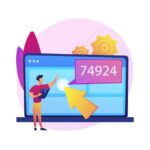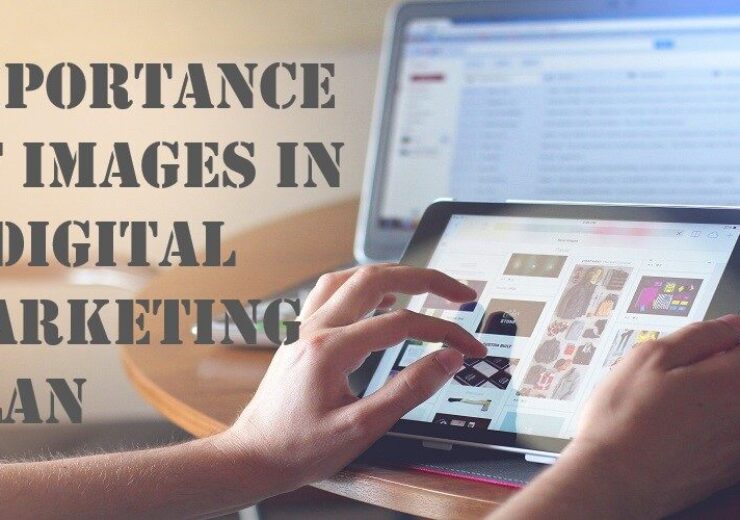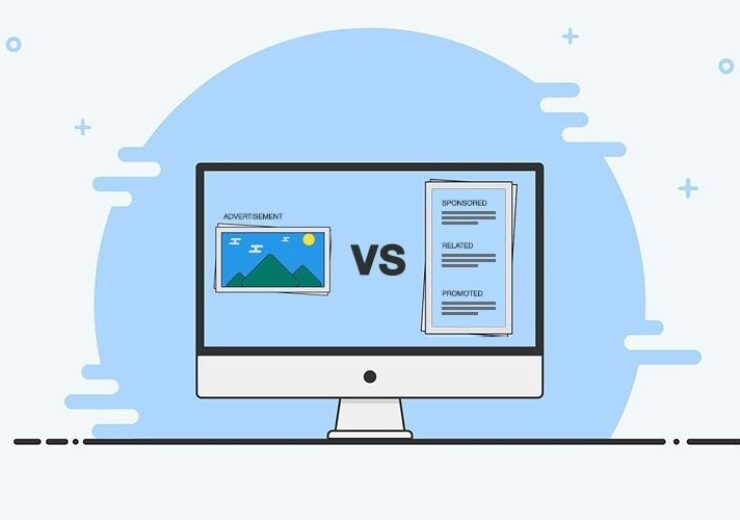What Digital Marketing is and Why Your Business Needs It Today?

Content:
- What is digital marketing?
- Digital marketing tactics and examples
- Search Engine Optimization (SEO)
- Content marketing
- Social Media Marketing (SMM)
- Pay Per Click (PPC) Advertising
- Native advertising
- Marketing automation
- Email marketing
- Online-PR
- Inbound marketing
- What does a digital marketer do?
- What business will digital marketing be good for?
- B2B digital marketing
- B2C digital marketing
- What are the benefits of digital marketing?
- Website traffic analysis
- Effective content and lead generation
- Attribution Modeling
- Types of digital content you should create
- How does mobile marketing fit into a digital marketing strategy?
- Conclusion
Knowing how accessible the Internet is now, would you believe me if I said that the number of people joining the World Wide Web is growing daily? In fact, in the last three years alone, the number of “regular” users among the adult audience has increased by 5%.
The Internet has significantly changed and continues to change the way people live and how they make decisions. Shopping methods are no exception. Life smoothly flows online. This means that offline marketing is already less effective. Marketing today is taking on a different form with the use of digital technology.
Marketing has always been to meet with the target audience at the right time and in the right place. Therefore, today you need to meet her where she lives – on the Internet. Therefore, if you are not yet using digital marketing tools in your business, now are the time to rethink your approach to promoting your business and adopt the tools that help you do business online.
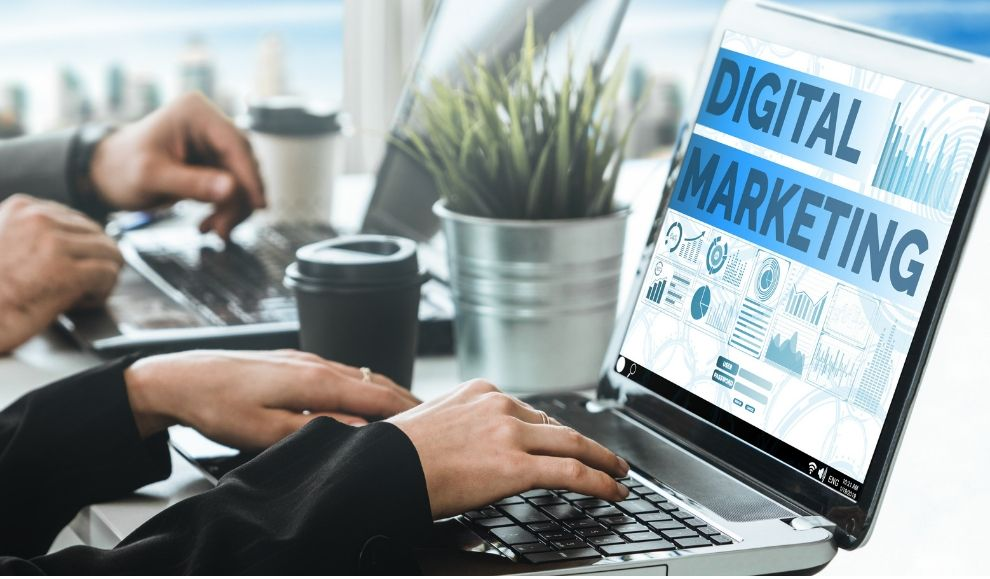
What is digital marketing?
Digital marketing is a set of marketing activities using various digital tactics, tools, and communication channels to communicate with the target audience. Potential customers spend most of their time – online.
Some several tactics and tools are relevant to the concept of digital marketing. This is the company’s website itself and digital marketing channels – online promotion and customer acquisition channels: SEO, online advertising, and email marketing, sales funnel, content marketing, and teaser advertising, SMM, etc.
A business that uses different digital marketing course in Lahore and channels can interact with the target audience much more efficiently and promptly, thereby continually increasing the number of new customers and audience loyalty.
Digital Marketing Tactics and Examples
The best digital marketers have a
clear understanding of how each digital marketing campaign supports the
company’s overall goals as part of brand promotion. And depending on their marketing strategy goals, marketers can
scale up their campaigns with both paid and free channels.
For example, a content marketer might write a series of blog posts to generate leads based on a new eBook recently released by a company. A social media marketer (SMM manager) will promote these blog posts through paid and organic posts on company profiles.
The email marketer will compose emails detailing the company and send them to those who downloaded that e-book. I’ll talk about all the specializations of digital marketers a little later. Here’s a quick rundown of the most common digital marketing tactics and the channels that each uses.
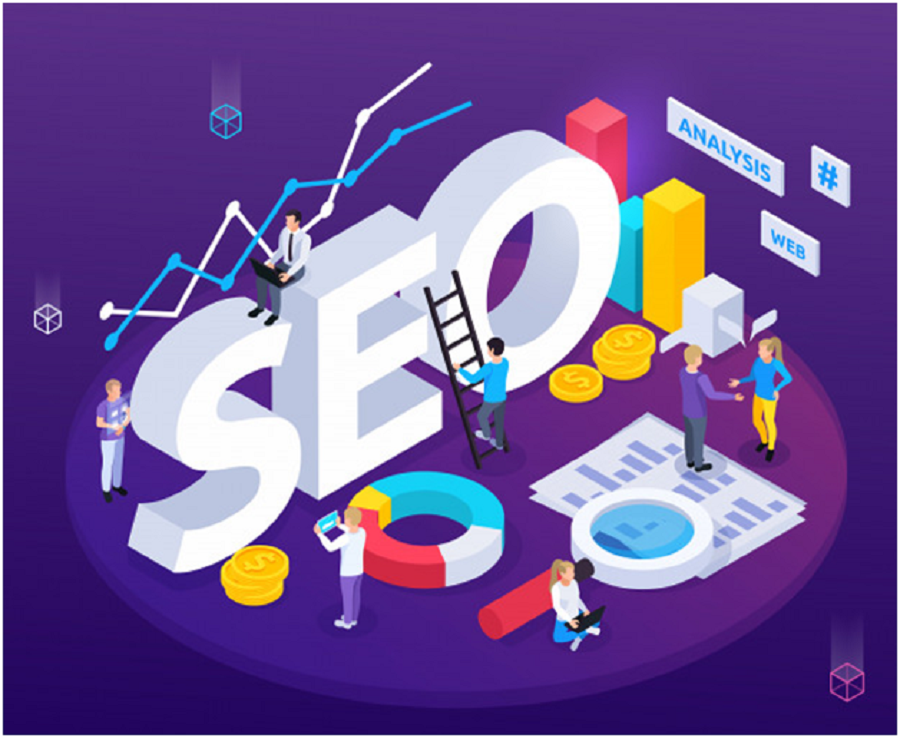
Search Engine Optimization (SEO)
Search engine optimization of your site (aka SEO optimization) will help it occupy higher search results. This increases the volume of organic (free) traffic.
SEO tools:
- Web sites;
- blogs;
- Infographics.
Content Marketing
This term implies creating and promoting content to increase brand awareness, traffic growth, and communication with the target audience, generate leads, and attract new customers. Content marketing is considered one of the most effective yet underrated tools for promoting an online business.
Channels for implementing your content marketing strategy:
- blog posts;
- e-books and articles;
- podcasts;
- vlogs;
- lead magnets ;
- infographics;
- Online brochures and catalogs.
Social Media Marketing (SMM)
This type of marketing aims to promote your brand and your content on social media. It can be used to increase your brand awareness, increase traffic, and generate leads.
Channels used by social media marketing (SMM):
- Facebook;
- Twitter;
- LinkedIn;
- Instagram;
- Snapchat;
- Pinterest.
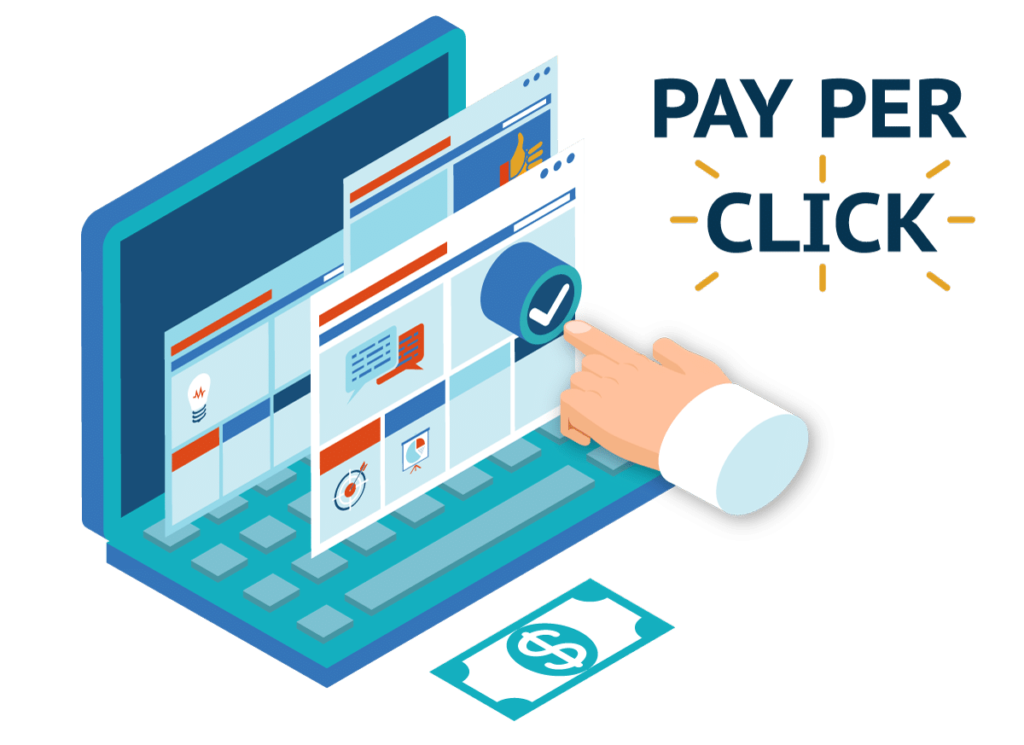
Pay per Click (PPC) Advertising
PPC is an excellent method of driving traffic to your website. Its essence is that you pay a commission to the site owner or service provider for each click on your ad. One of the most common types of PPC is Google AdWords. It allows you to place banner and search ads (contextual advertising). Payment is made using the same system – per click.
Paid advertising channels:
- contextual and search advertising in Google AdWords
- paid ads on Facebook;
- Twitter advertising tweets;
- LinkedIn advertising messages.
Native Advertising
The essence of natural advertising is reflected in its name – it fits perfectly into the context of the platform it is hosted on. Native ads do not contrast with the site content and look like “native” content. An excellent example of native advertising is BuzzFeed. There is also a widespread belief that advertising on social networks (Facebook or Instagram) is also native.
Marketing Automation
Marketing automation involves the use of special software that automates your basic marketing operations. You can save time and labor by automating recurring tasks:
- mailing lists;
- posting schedule on social networks;
- updating the contact list;
- professional development of leads;
- lead scoring ;
- Control over the results of the advertising campaign and reporting.
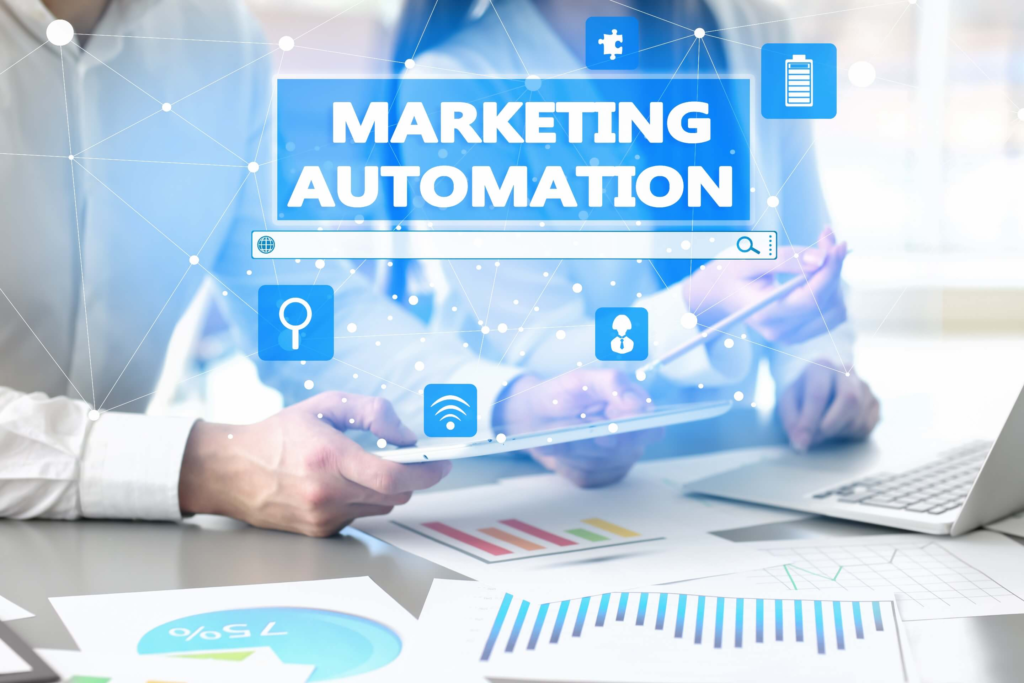
Email marketing
Companies are using email marketing as a way to communicate with their audience. Email is often used to promote content, communicate about discounts and events, and direct people to a company website.
What Types of Messages Can You Send?
- subscription to news portals;
- regular mailing of letters to site visitors who have already downloaded something;
- welcome letters to new customers;
- holiday promotions for members of the loyalty program;
- Tips or a similar series of letters to strengthen customer contact.
Despite this tool’s relatively long age, email marketing remains one of the most effective channels for promoting a business and increasing sales.
Online-PR
Online PR provides extensive audience reach through digital publications, blogs, and other content sites. It is very similar to traditional PR but in the online space.
To make your PR strategy more effective, digital marketers use:
- PR outreach;
- online reviews of goods and services;
- Comments and reviews on websites or blogs.
Inbound Marketing
Inbound marketing brings together all of the above marketing tactics. It aims to attract, engage and satisfy customers through content.
Unlike the old method of attracting customers, when companies tried to reach out to potential customers and tell about their products, inbound marketing involves an integrated approach to grab the target audience’s attention by creating and distributing useful content online. Thus, marketing turns out to be inbound because thanks to content in different formats and on other platforms, people find your company themselves and want to become your customers themselves.
- The process goes something like this:
- The person has a problem that he wants to solve.
- He begins his search for a solution by searching for relevant information on Google.
- He uses Google to find useful articles, research, tips on your blog.
- In interacting with your content, a person understands that your company is an expert in their field and provides a product that could help him solve the problem and help him achieve his goal.
- The person decides to become your client and places an order.
In this way, you can attract hundreds and thousands of customers every day because, unlike offline marketing, digital inbound marketing is not limited by location or time of day. Inbound marketing is based on a high-quality content strategy, which directly creates the basis for attracting the target audience’s attention in this way.
This is all made possible by the correct use of digital technology.
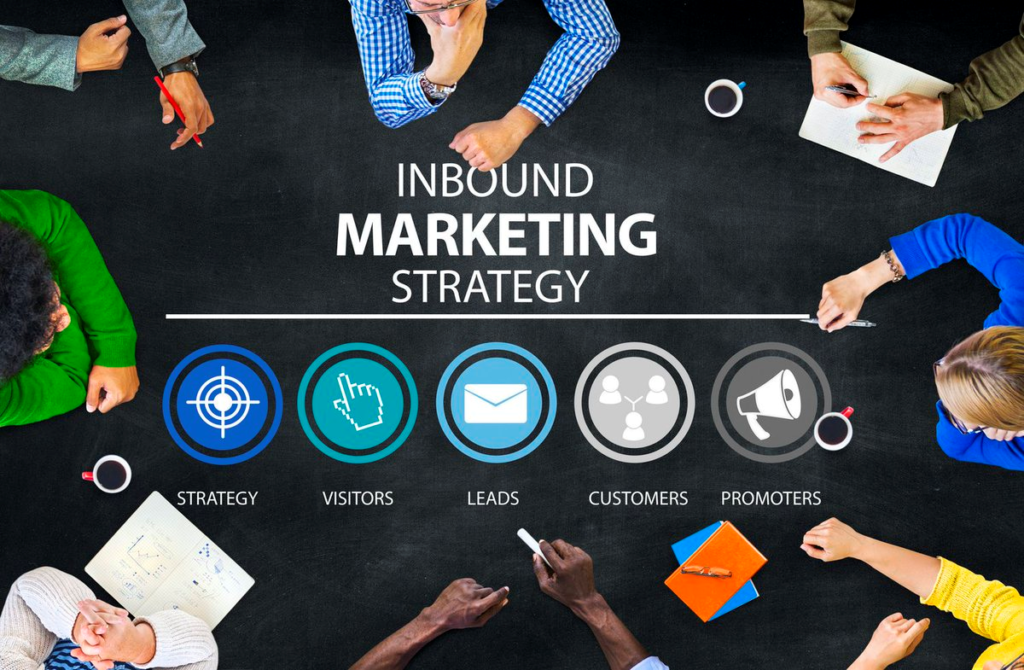
What Does a Digital Marketer Do?
Digital marketers are responsible for building brand awareness and generating leads across all of the digital channels a company owns (both paid and free).
These channels include:
- social networks;
- the company’s website;
- search engine ranking (SEO);
- email marketing;
- display (banner) advertising;
- Company blog.
The digital marketer tracks Key Performance Indicators (KPIs) for each of the listed channels. This allows you to adequately assess the performance of the company for each of the marketing tactics. In modern companies, digital marketing can be done by a variety of people. One professional (a kind of universal digital marketing courseand specialist in Lahore who knows all areas) can simultaneously master several digital marketing tactics in small ones. The larger ones have several specialists, each of whom deals with one or two digital brand channels.
What Business Will Digital Marketing Be Good For?
Digital marketing works for companies at different development stages: for a startup or an established company. Also, these tools are applicable for businesses in any area. Regardless of what your company is selling (products or services), digital marketing helps shape a customer profile, which determines the needs of your target audience and allows you to create valuable online content. But that doesn’t mean that all companies should implement their digital marketing strategy in the same way.
B2B Digital Marketing
If your company is a B2B business (business to business), all your digital marketing efforts will generate leads online. And, ultimately, to establish is direct contact with a potential buyer. Therefore, the role of your marketing strategy is to generate high-quality leads for your sales force. This is what you will do with your website and existing digital channels. In addition to your website, it’s also wise to use a business-oriented channel like LinkedIn because that’s where your target audience resides.
B2C Digital Marketing
If your company operates on the B2C (business to consumer) principle, your digital marketing strategy will be different. All your efforts should be aimed at attracting people to your site and so that they subsequently become your customers, bypassing direct contact with the seller. However, don’t forget to consider the price point of your product. It largely determines the digital marketing strategy.
B2C marketing doesn’t require you to throw all your energy into traditional lead generation. A more logical tactic is to create an accelerated customer journey. This means optimizing the process itself as much as possible from when the client enters the site until he makes a purchase. For B2C companies, channels such as email marketing, Facebook, Instagram, and Pinterest prove to be more valuable than LinkedIn’s business-focused platforms.
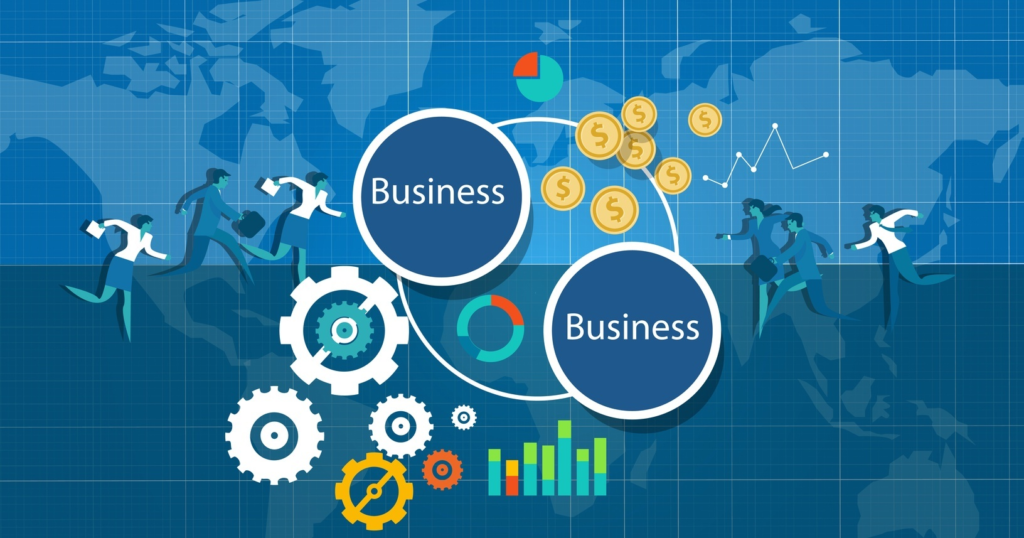
What are the Benefits of Digital Marketing?
The main advantage is the ability to build communication with the target audience where they spend more time. Today it is online. The Internet is replacing television. Suppose 30 years ago, and a TV was the primary source of information and a channel for interacting with the world. In that case, today, users like to communicate online – through applications, websites, and social networks.
Plus, unlike most offline marketing activities, digital marketing allows marketers to see concrete, measurable results in real-time. If you have placed an advertisement in a newspaper at least once, you understand how difficult it is to track the actual number of people interested in your advertising. And there is no reliable way to know if the ad generated a sale. With digital marketing, you can realistically estimate the ROI (return on investment) for literally every marketing area.
Website Traffic Analysis
Digital analytics software allows you to see the exact number of people who have viewed your site’s homepage in real-time. Among other analytics data, you can also see how many pages they visited, what device they used, and where they came from (from which resource).
This data will help you prioritize correctly. You will understand which marketing channels you should spend more money on and which ones should spend less. This will optimize your budget and processes to improve the effectiveness of your brand promotion.
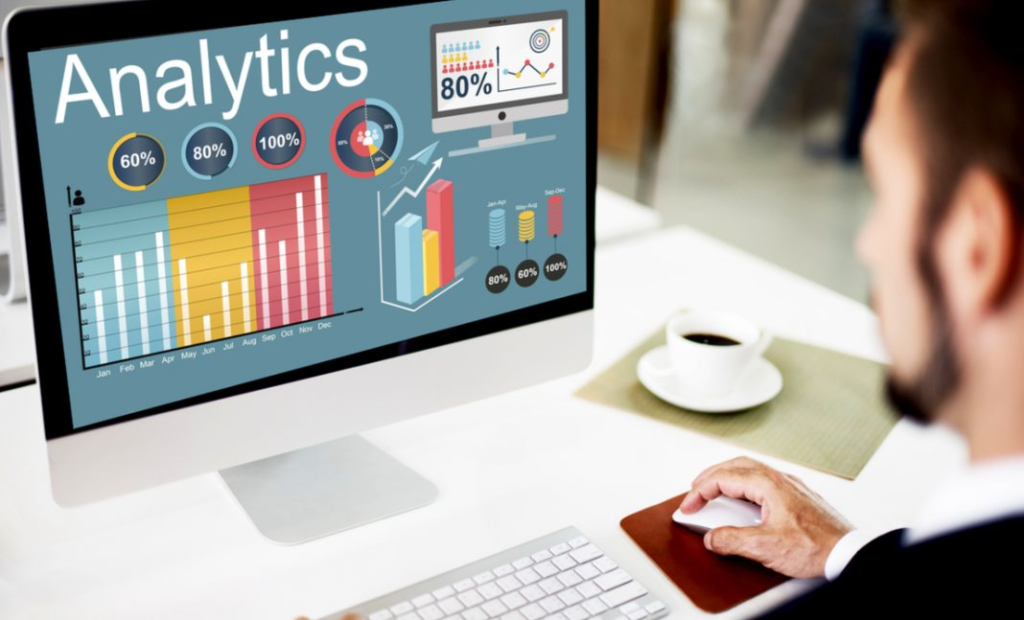
Effective Content and Lead Generation
Imagine you’ve created a brochure about your product and mailed it to people you consider potential customers. So this brochure is also a form of content, but offline. The only problem is that you never know how many people opened your brochure and how many immediately threw it into the bin.
Now imagine that you have posted this brochure on your website and sent it out by email. And you can see how many people viewed it, how many people followed the link, and how many people were interested in your offer. Besides, you can know how many people have done this or that action and who these people are. You can track the gender, age, location, and interests of these people. All of this data will improve your understanding of your target audience and enhance other marketing campaigns.
Types of Digital Content You Should Create
The type of content you create directly depends on your audience’s needs at different stages of the customer journey. Therefore, start by creating a client portrait to define your audience’s goals and objectives and how your company can help your audience reach them. Your online content should help people achieve these very goals and solve their problems.
Now you need to consider what stage of the customer journey people will be ready to perceive your content in the best way. This is called content mapping. With mapping, your goal is to get the content right. He must consider the following factors: Characteristics of the person to whom it is intended (and here the portrait of the client will be very useful to you); how close the person is to make a purchase.
In terms of the format of your content, there are many different channels you can use. I’ll show you some of them so you can apply them every step of the way. Here are some options that I recommend using at each stage of the customer journey:
How Does Mobile Marketing Fit into a Digital Marketing Strategy?
Mobile marketing is one of the critical components of digital marketing. Smartphones account for 69% of all time spent consuming digital content. These are global statistics. This means that it is vital for you to optimize your digital ads, web pages, social media images, and other digital assets for mobile devices. People who interact with your company online via mobile devices should have the same positive experience as they would when using the desktop version.
There are many ways to optimize your digital marketing assets for mobile users. Whichever digital marketing strategy you implement, you must consider how it will look on mobile devices. Only by achieving high-quality display on both desktop and mobile will your digital technology be able to deliver the results you expect.
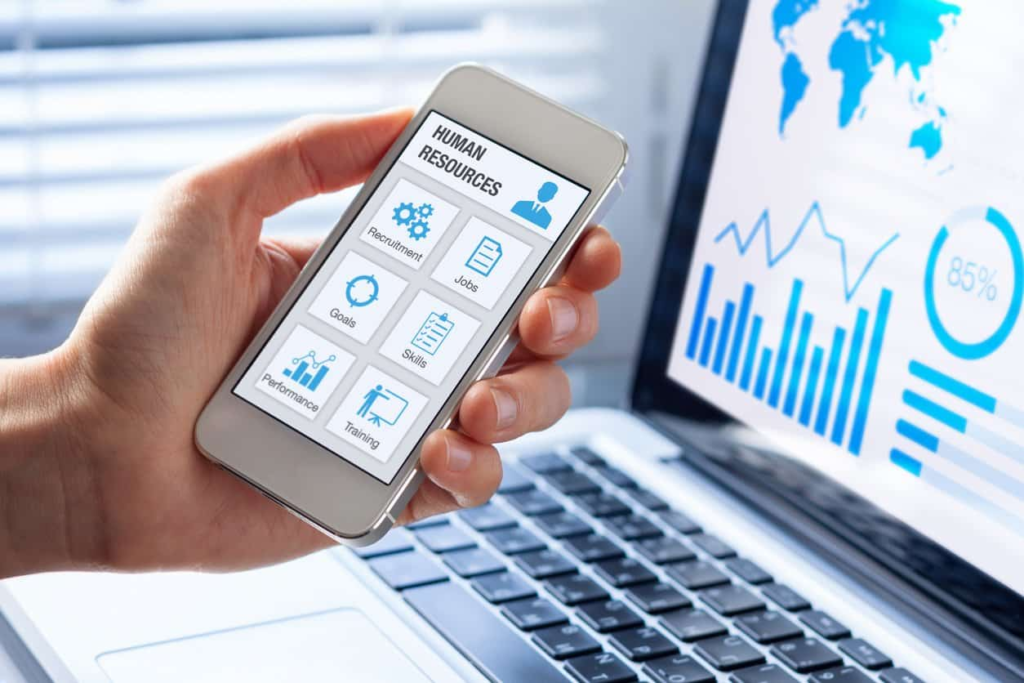
Conclusion:
Outdoor advertising and digital television are losing ground faster every day. The Internet provides endless opportunities for the growth and development of any business. And even one that seemed 100% offline. Detailed analytics and the ability to reach a broad audience without borders speak of digital marketing’s absolute advantage.
And this is increasingly being proven in practice by companies from different industries. Therefore, if you are not yet using these tools in your business, you should revise your approaches and start right now. There are many advertising and marketing agencies that you can turn to for help. They are ready to share their experience and help you implement your marketing strategy. These agencies provide different services and help you avoid mistakes that you can make due to a lack of knowledge.
But this does not mean that all aspects of digital marketing cannot be mastered on your own. It only takes time and desire. Understanding the basics of digital marketing and knowing what digital marketing is, aka digital marketing, or just digital, and knowing how the leading digital marketing channels work, you can develop a strategy that will help you effectively promote your business on the Internet.


